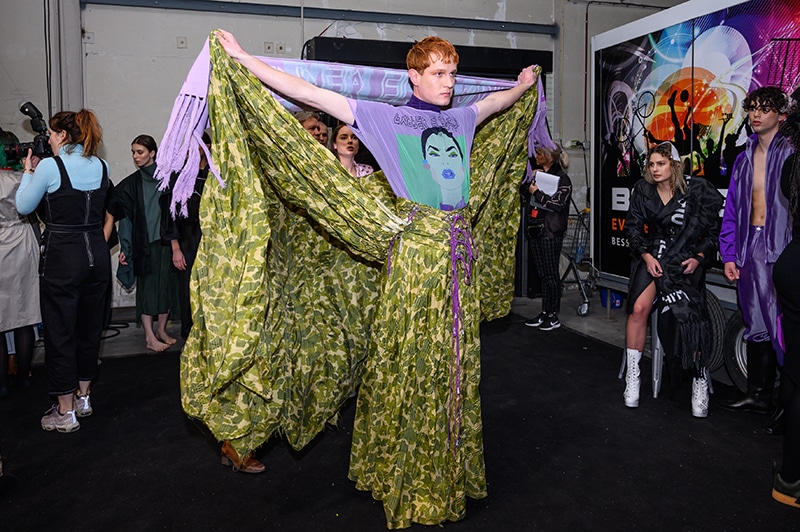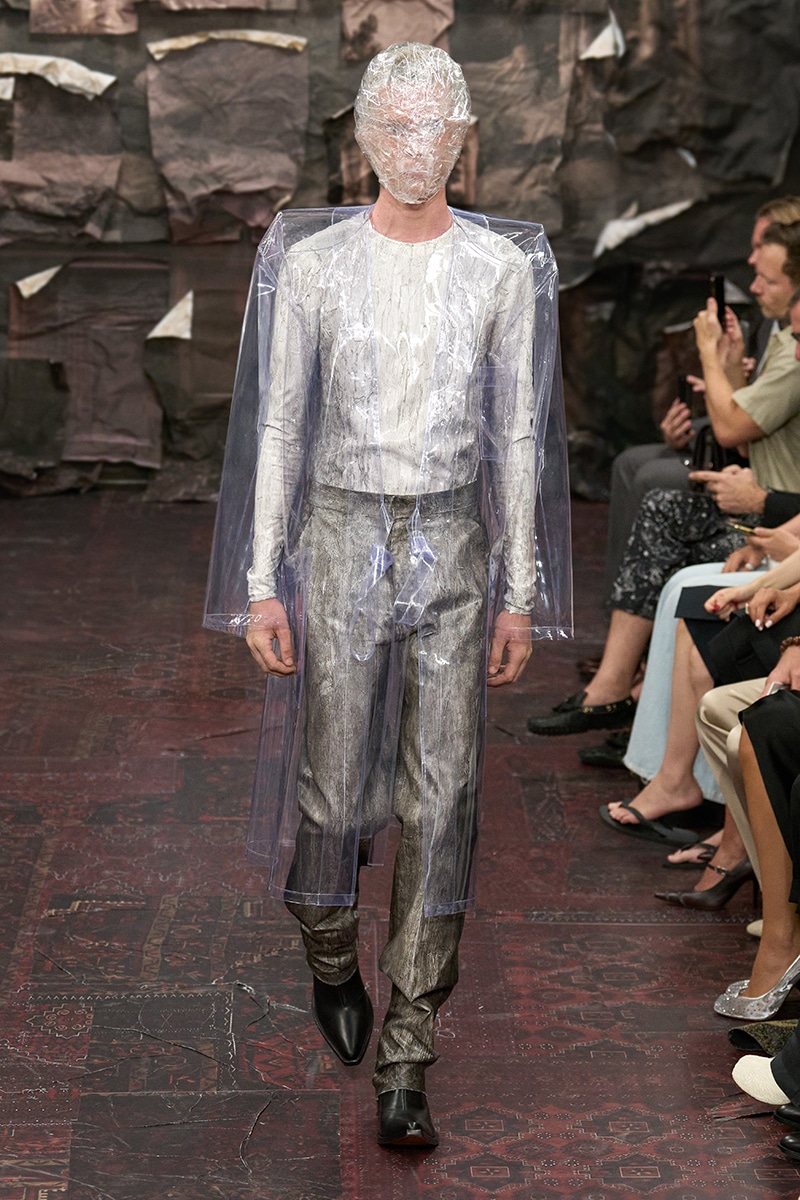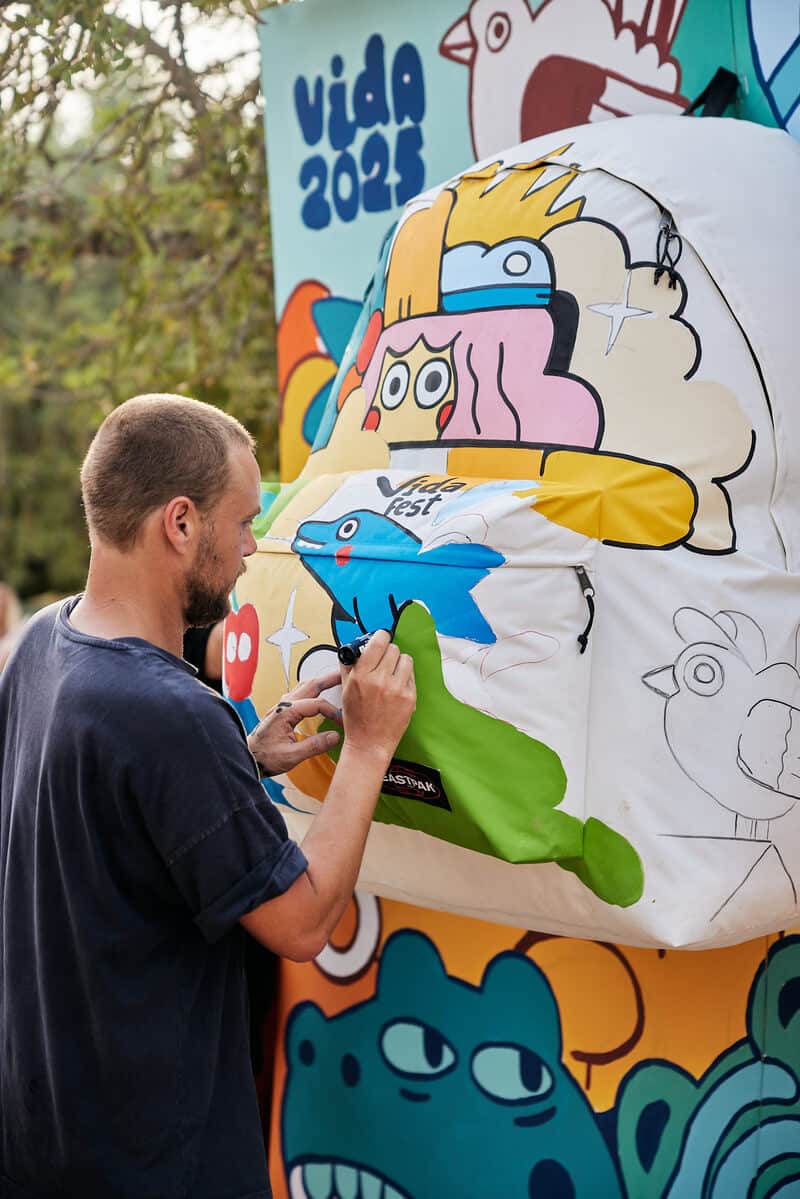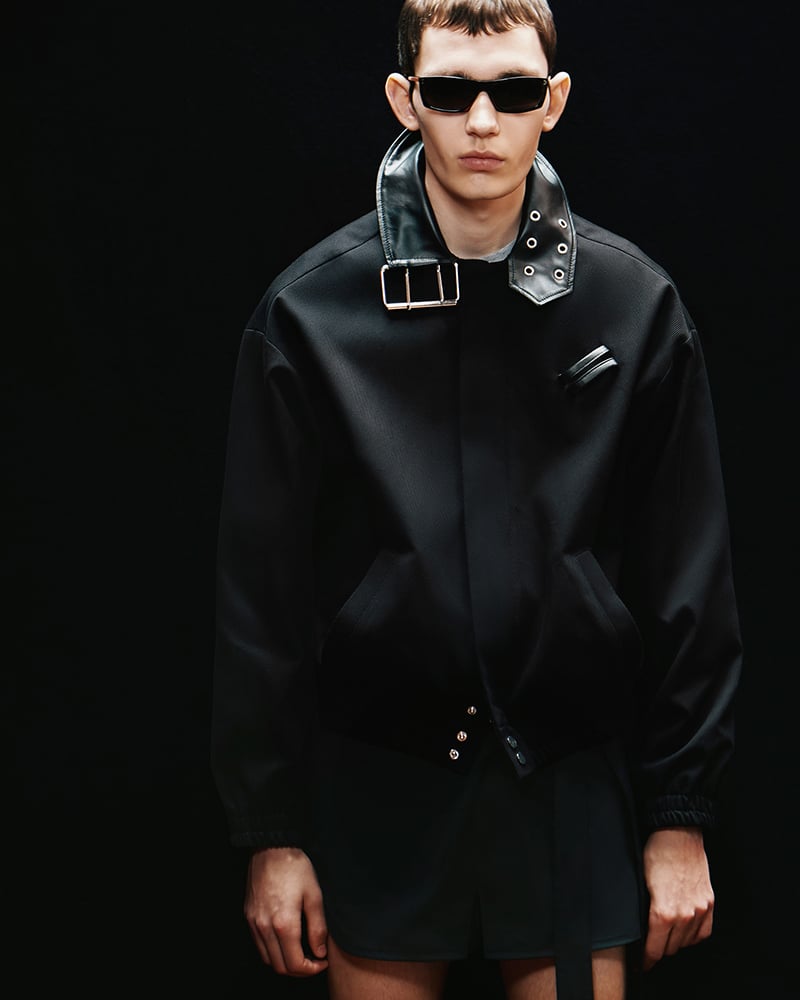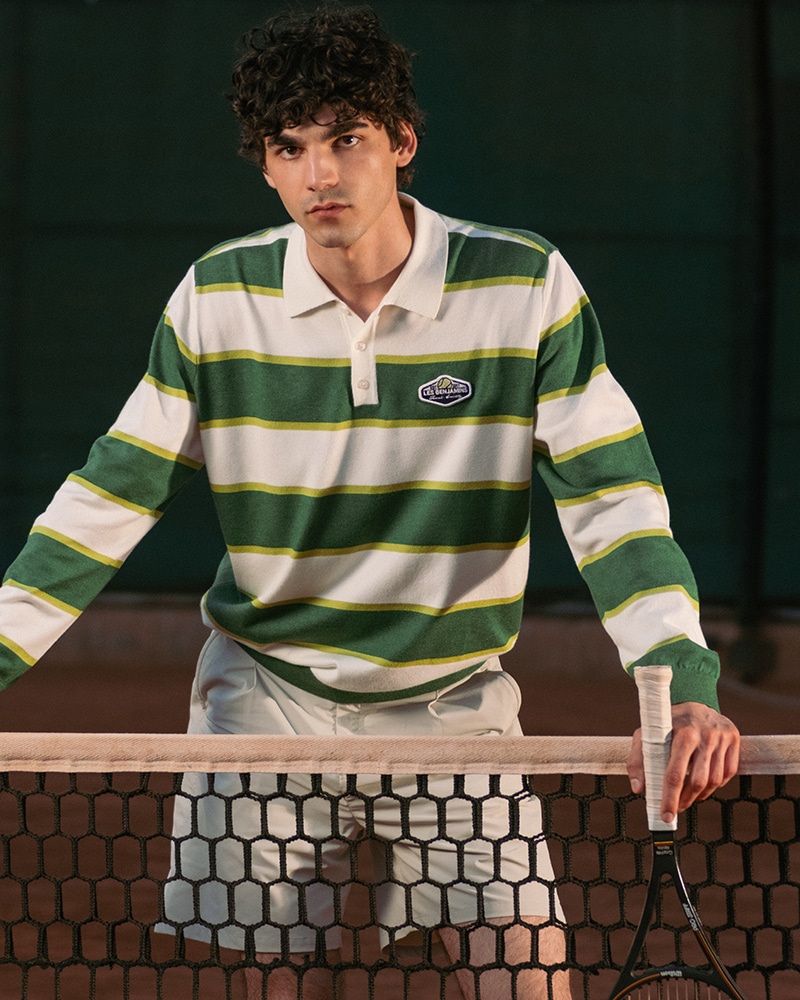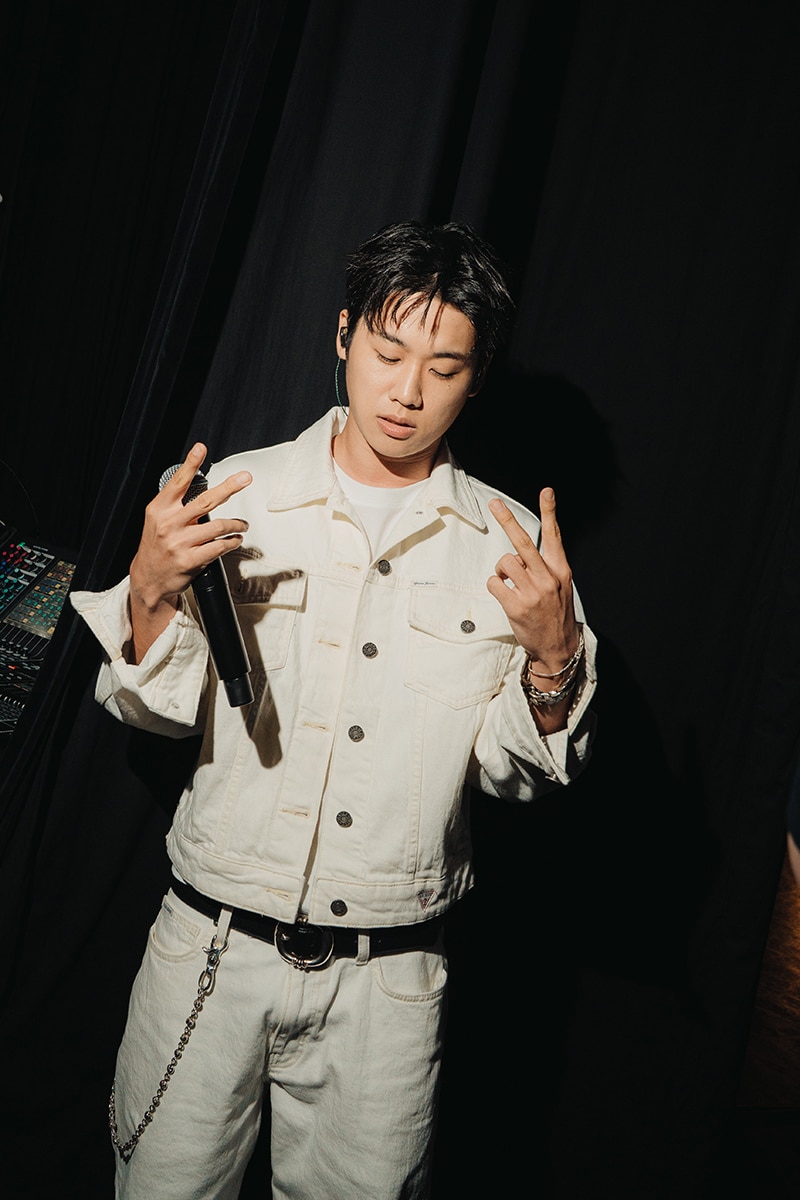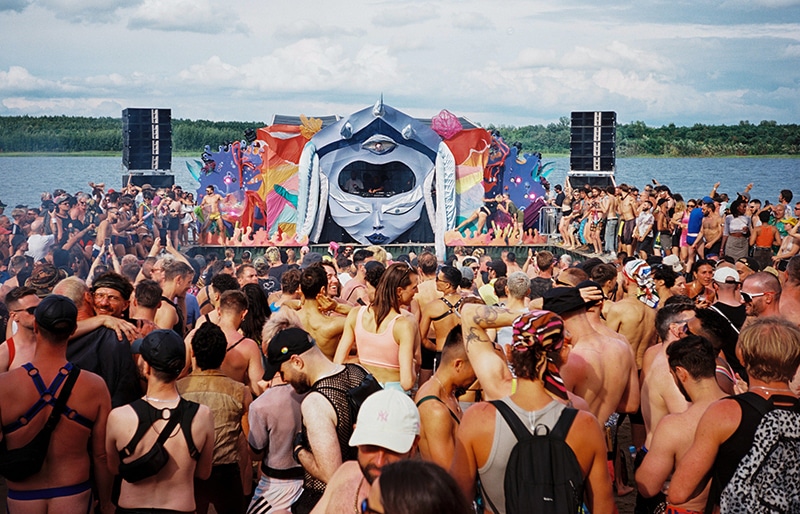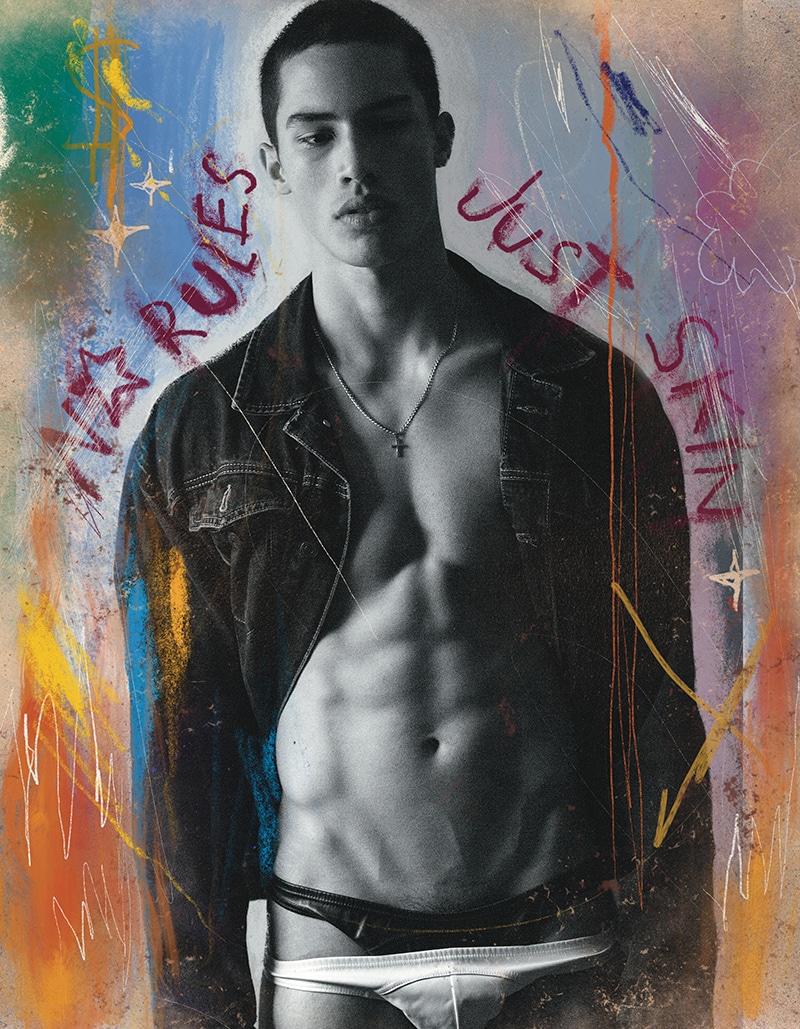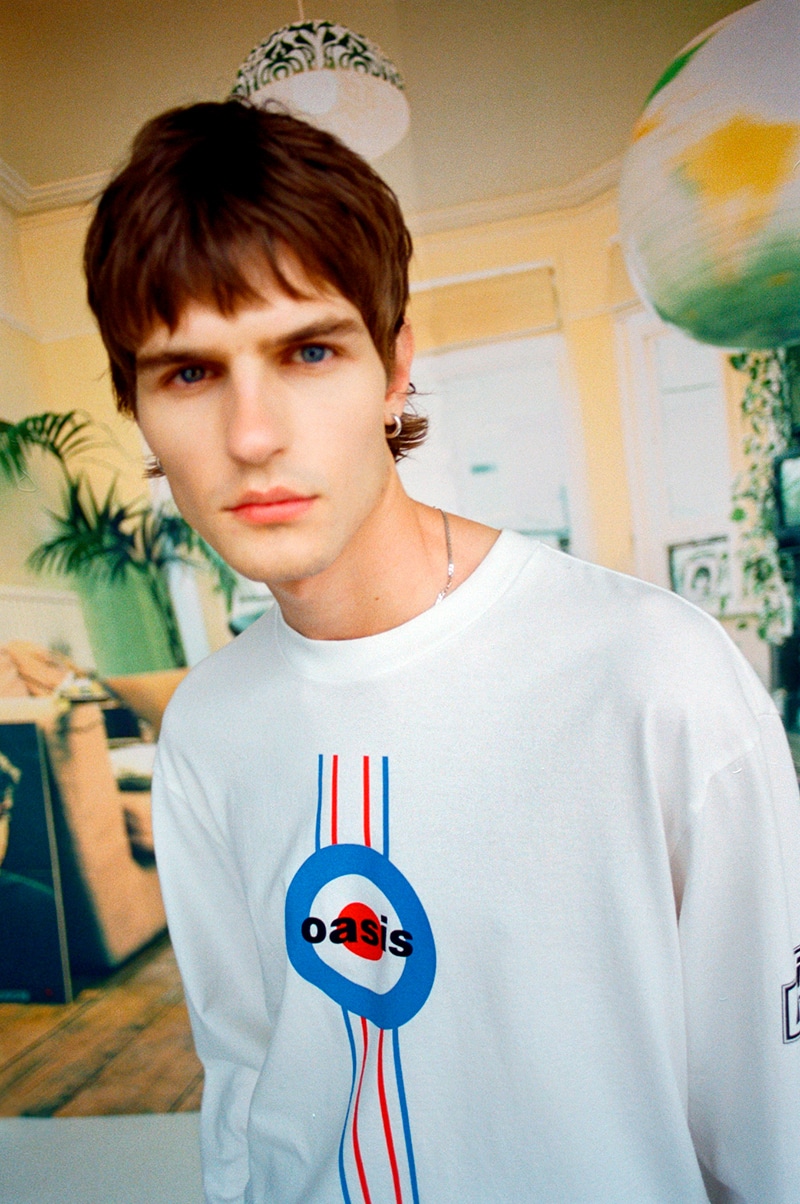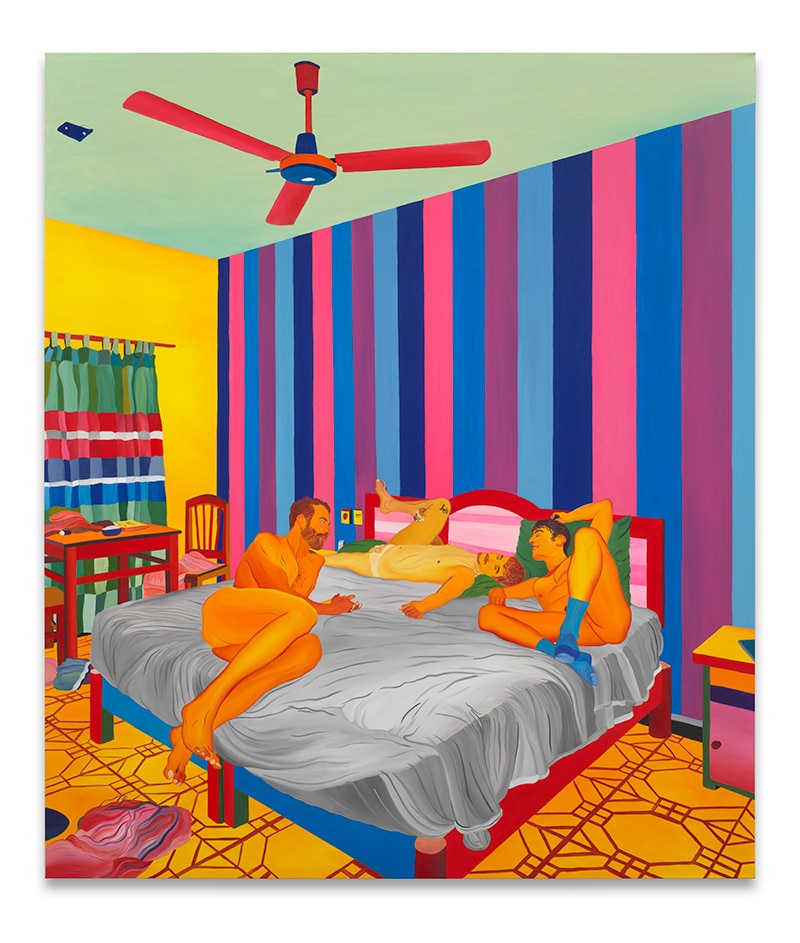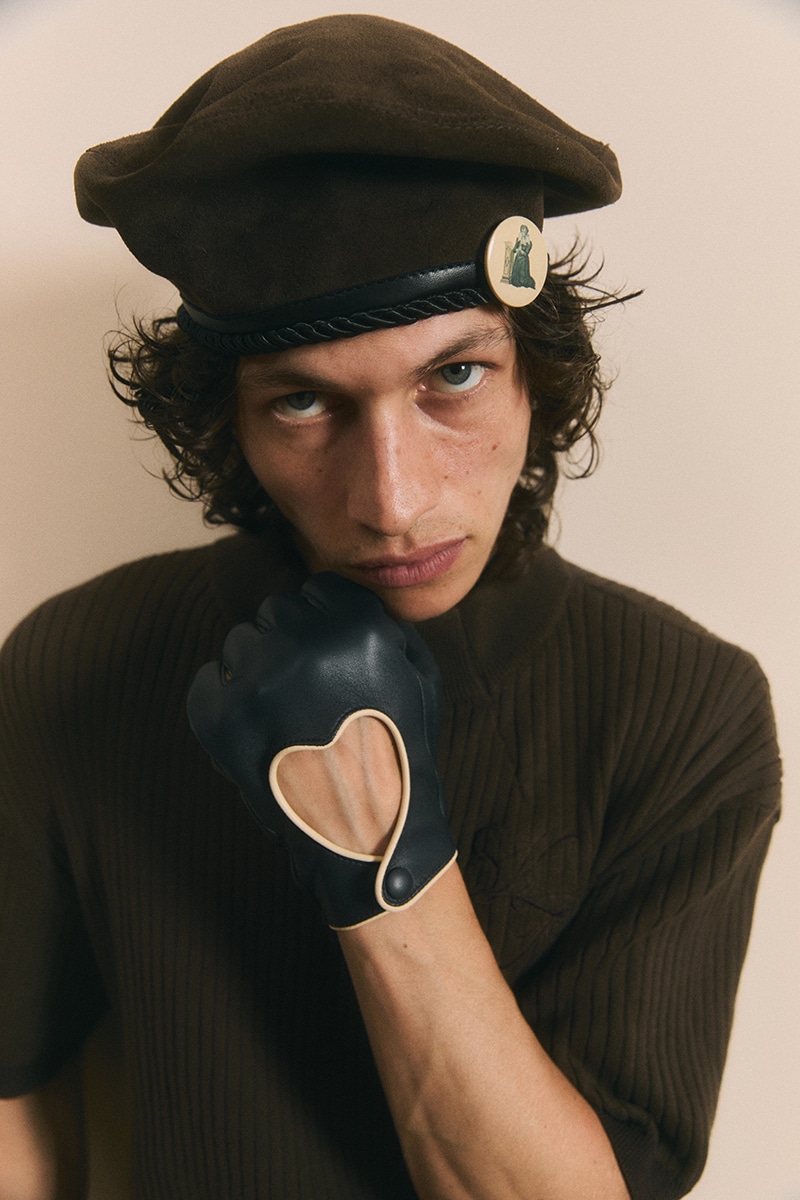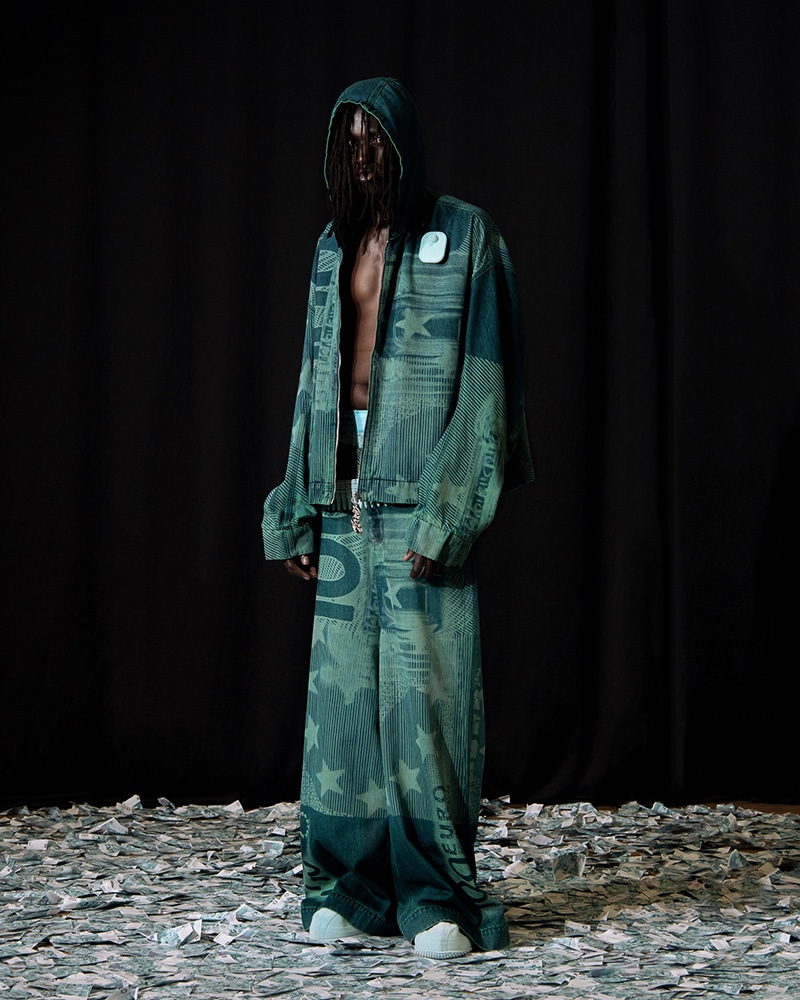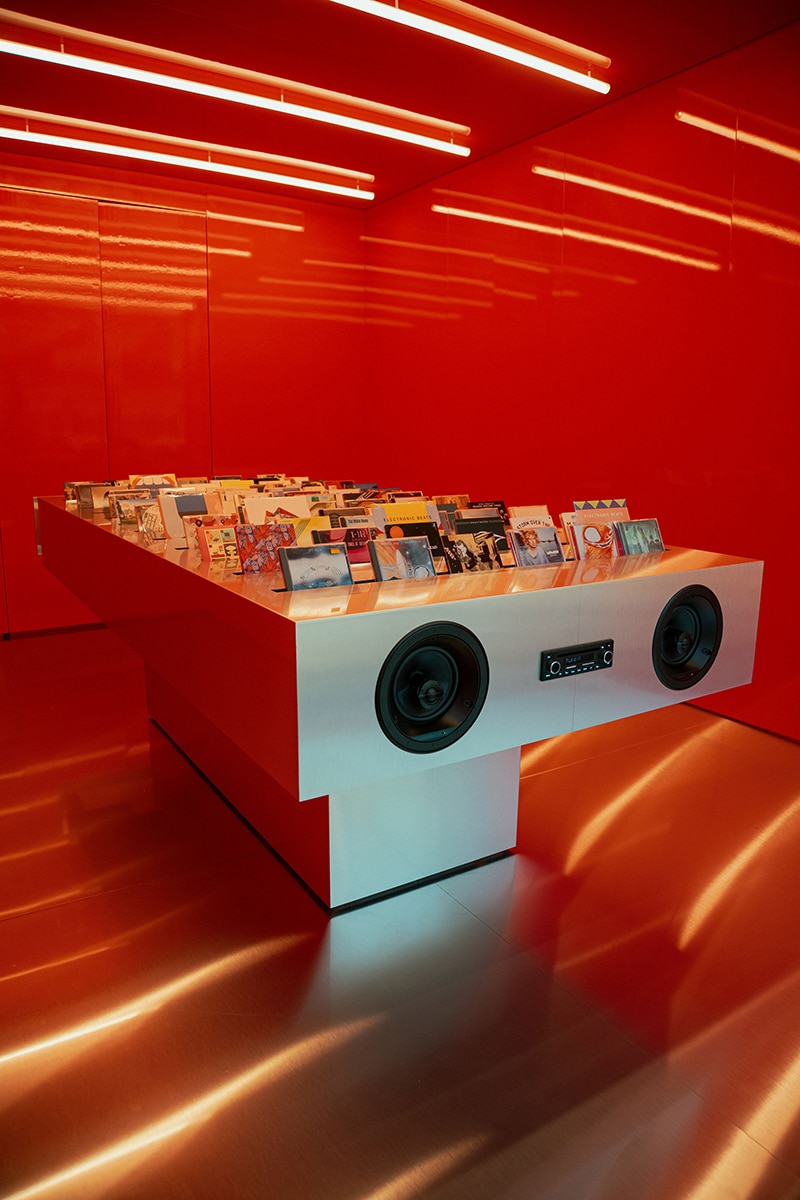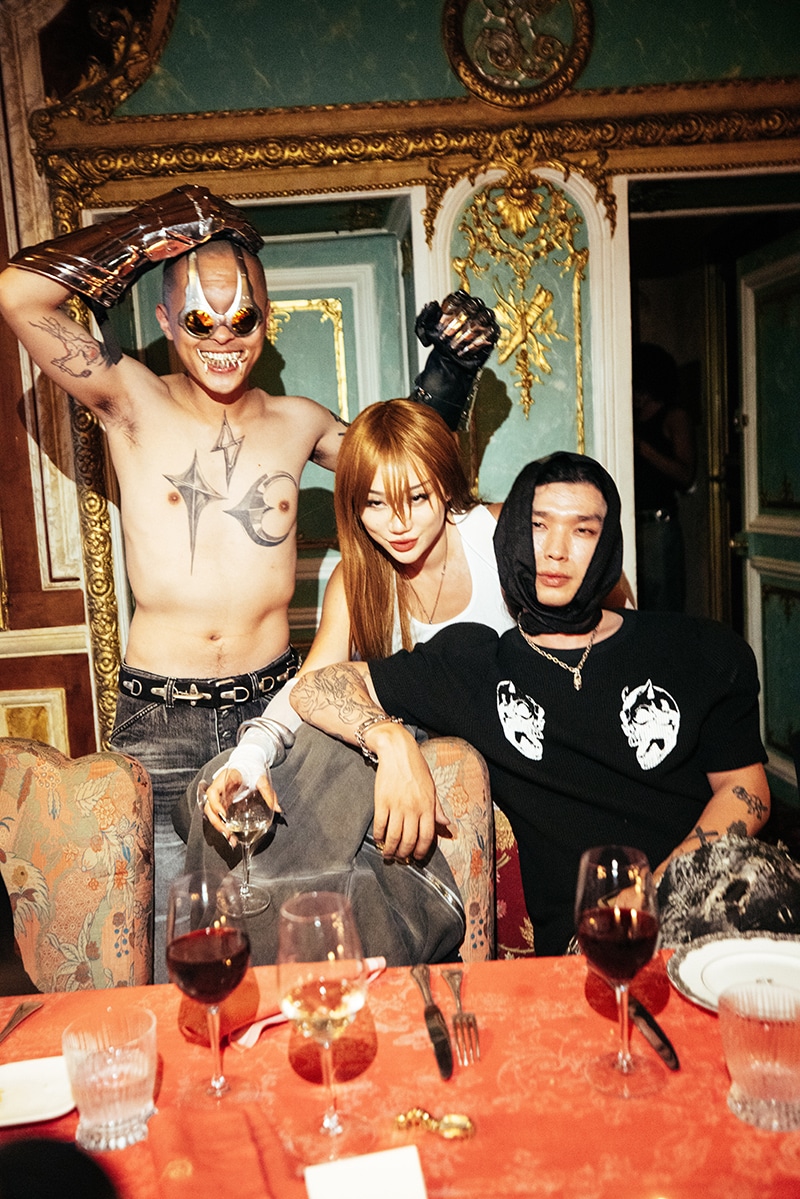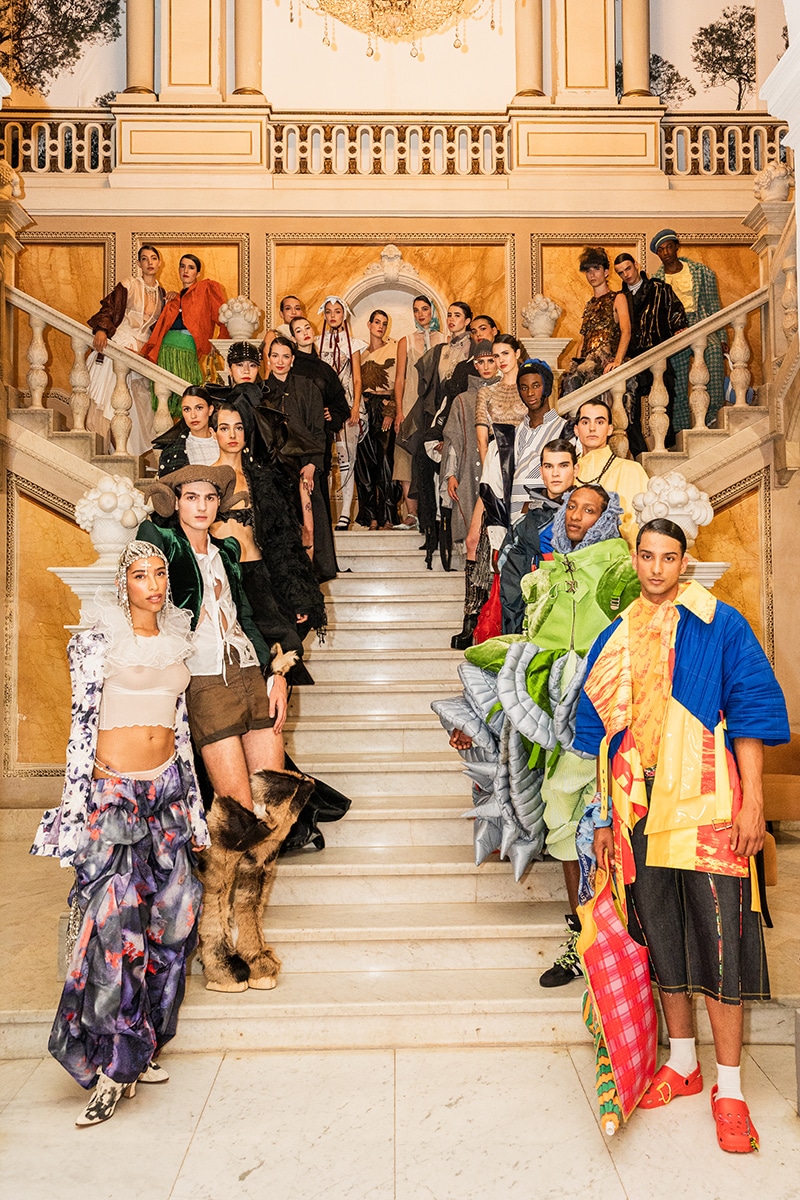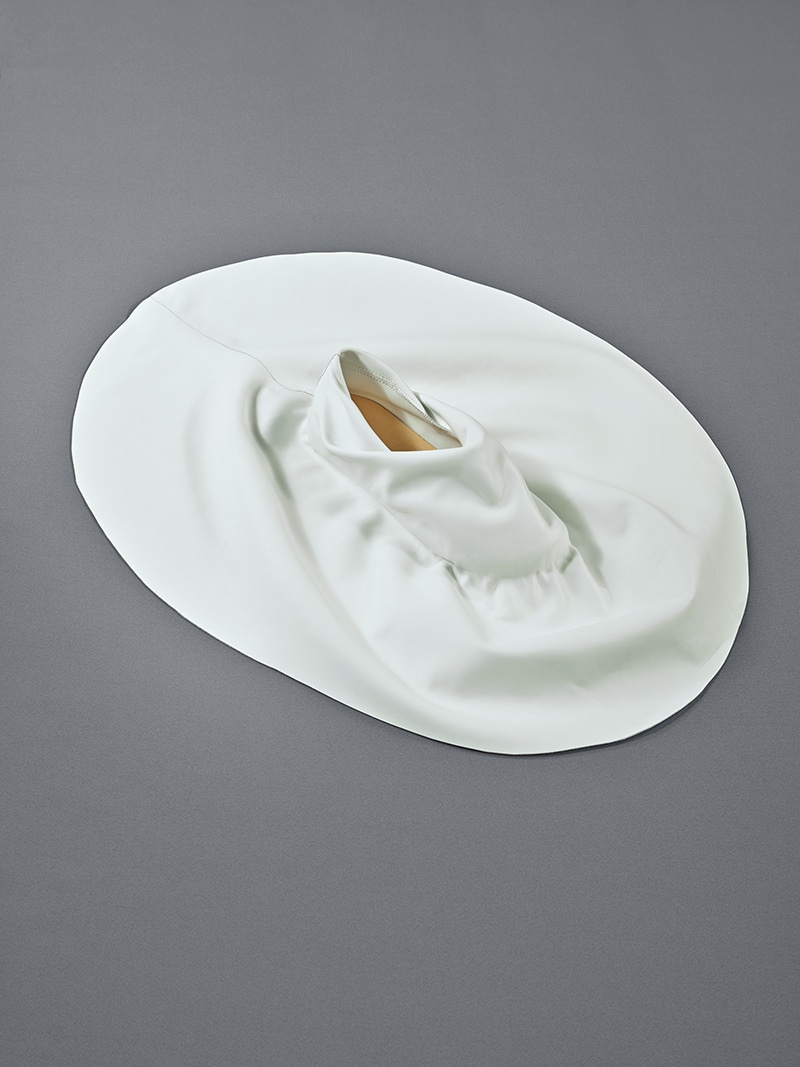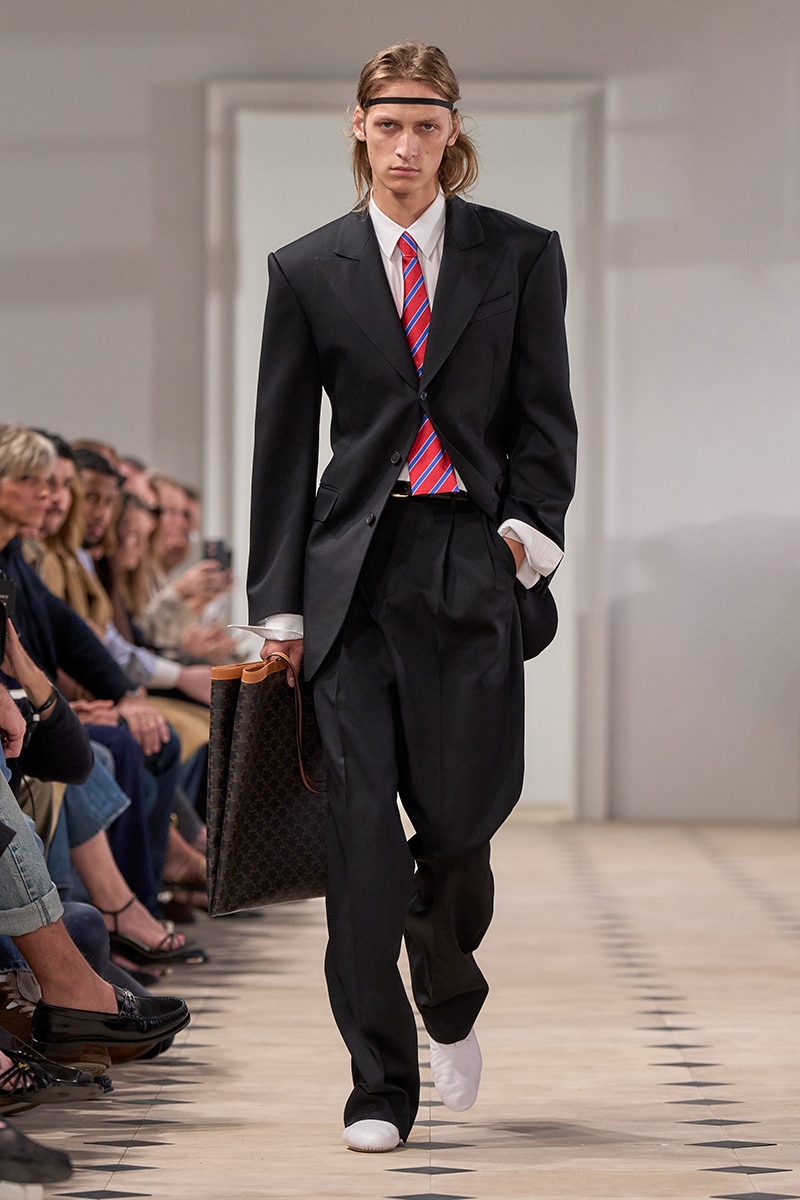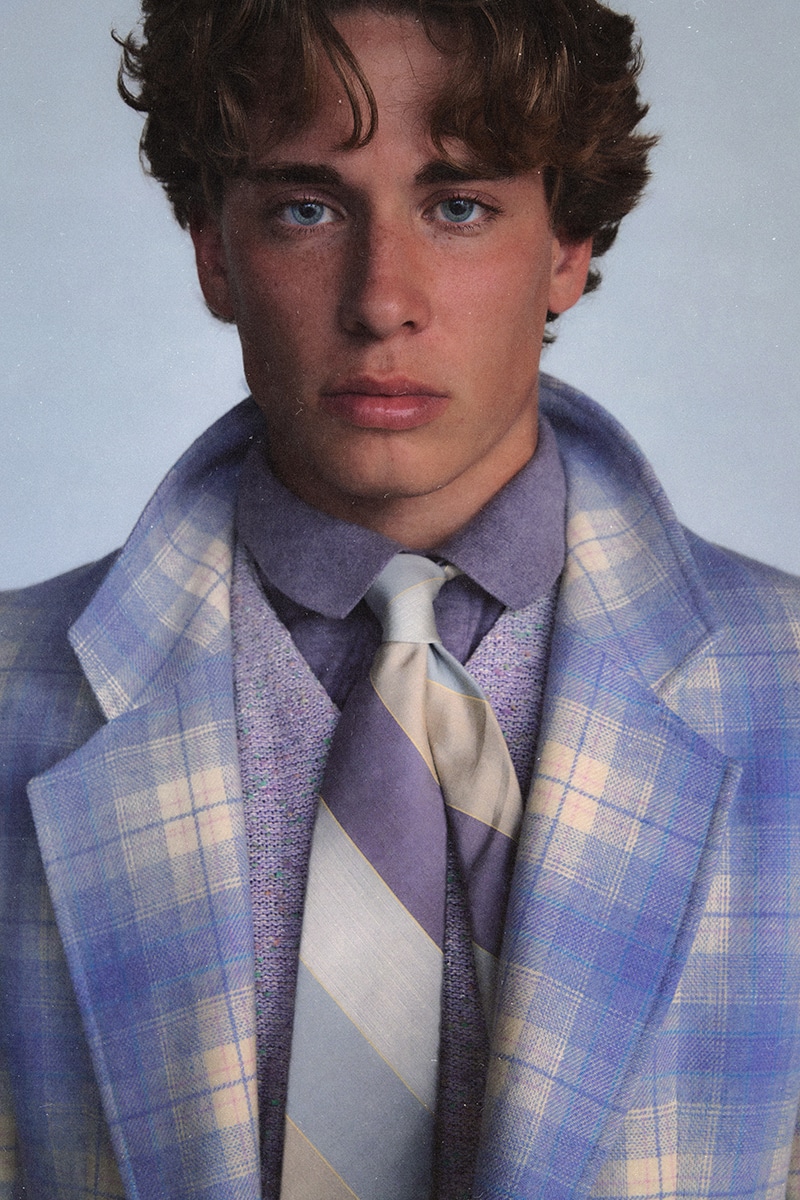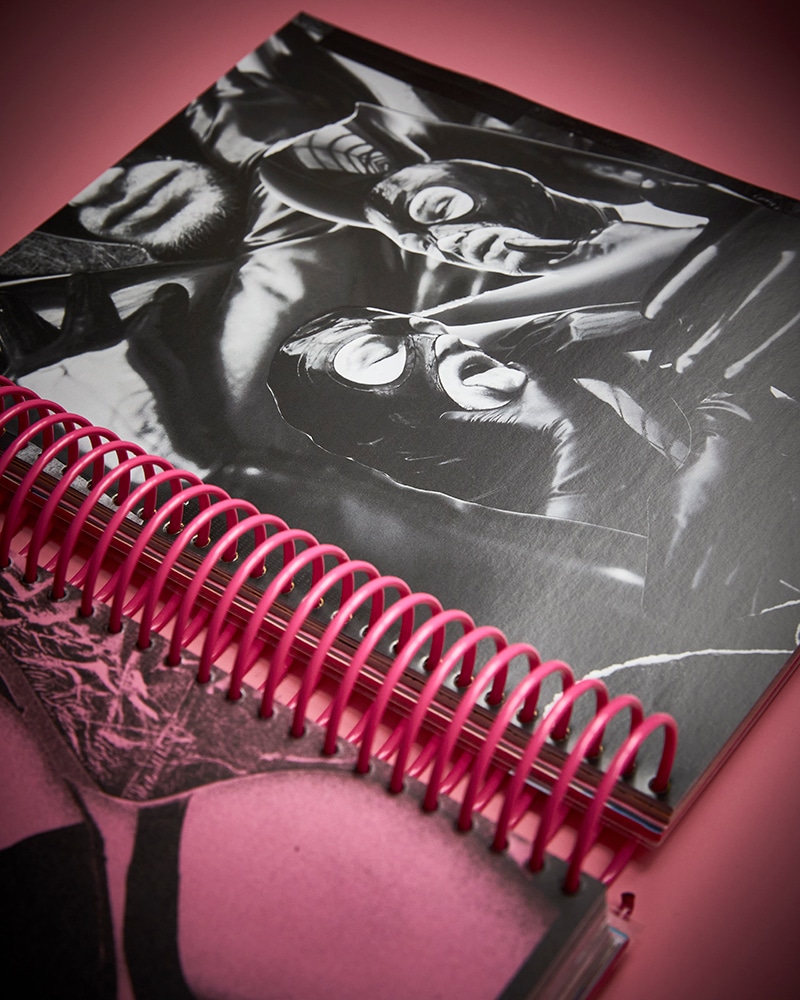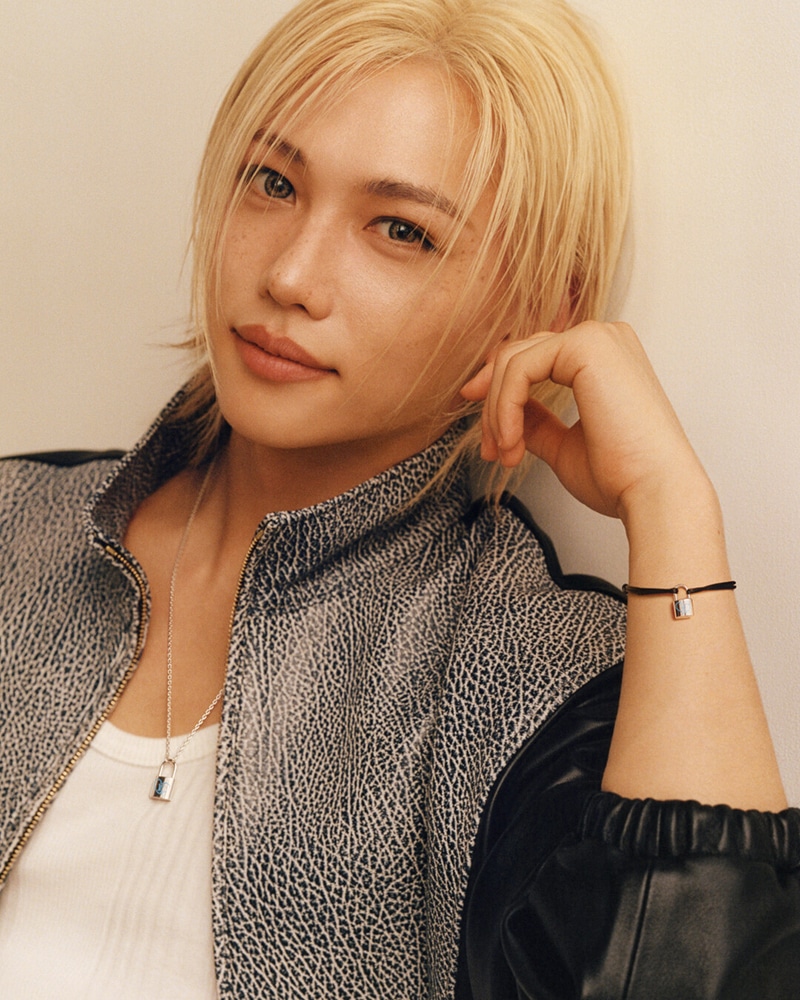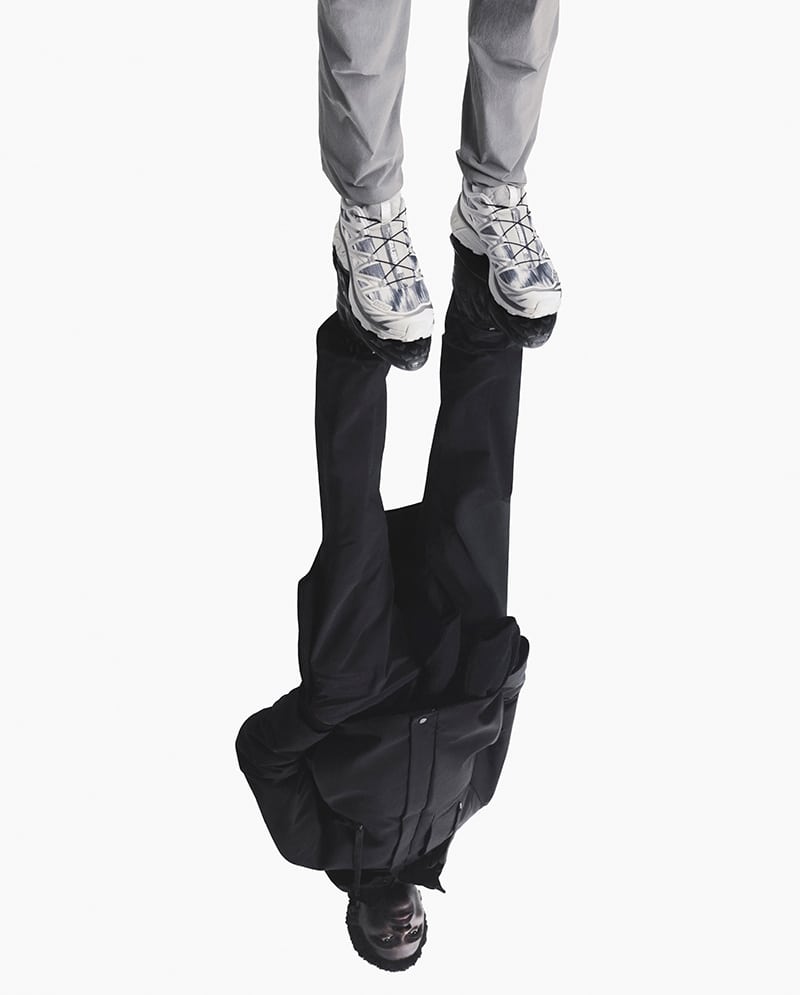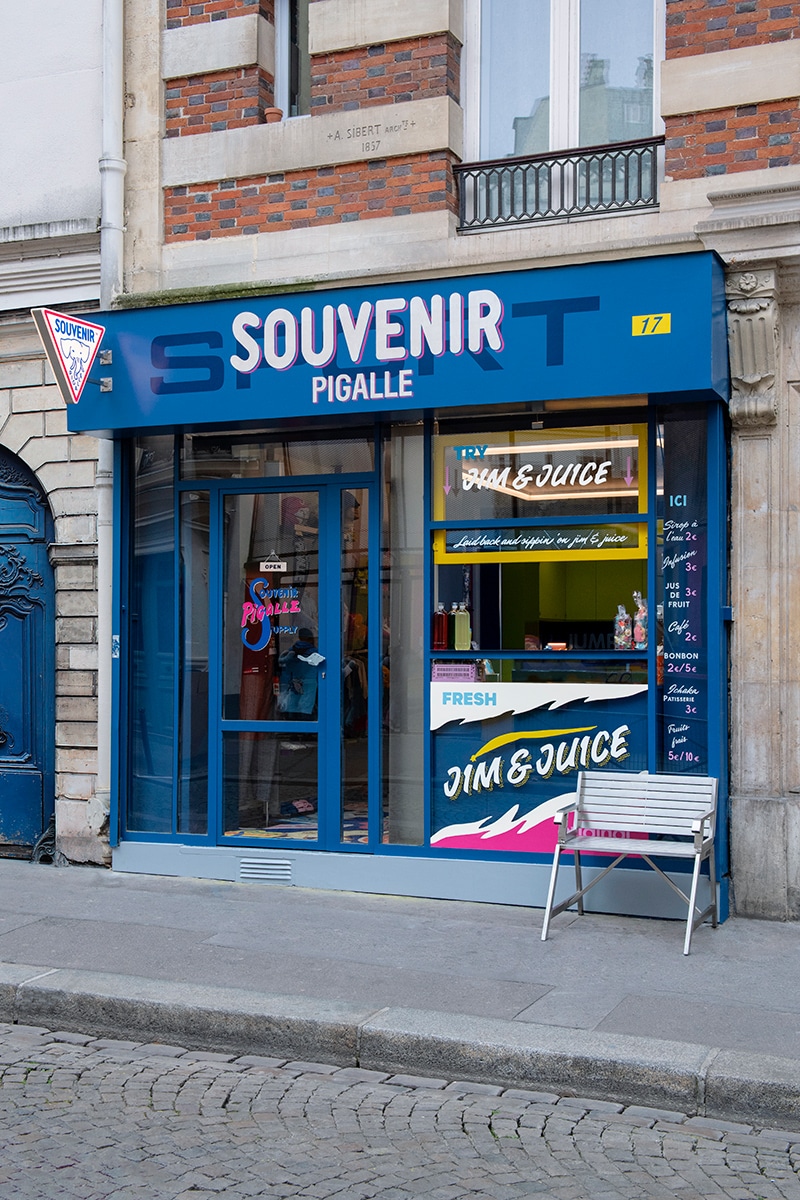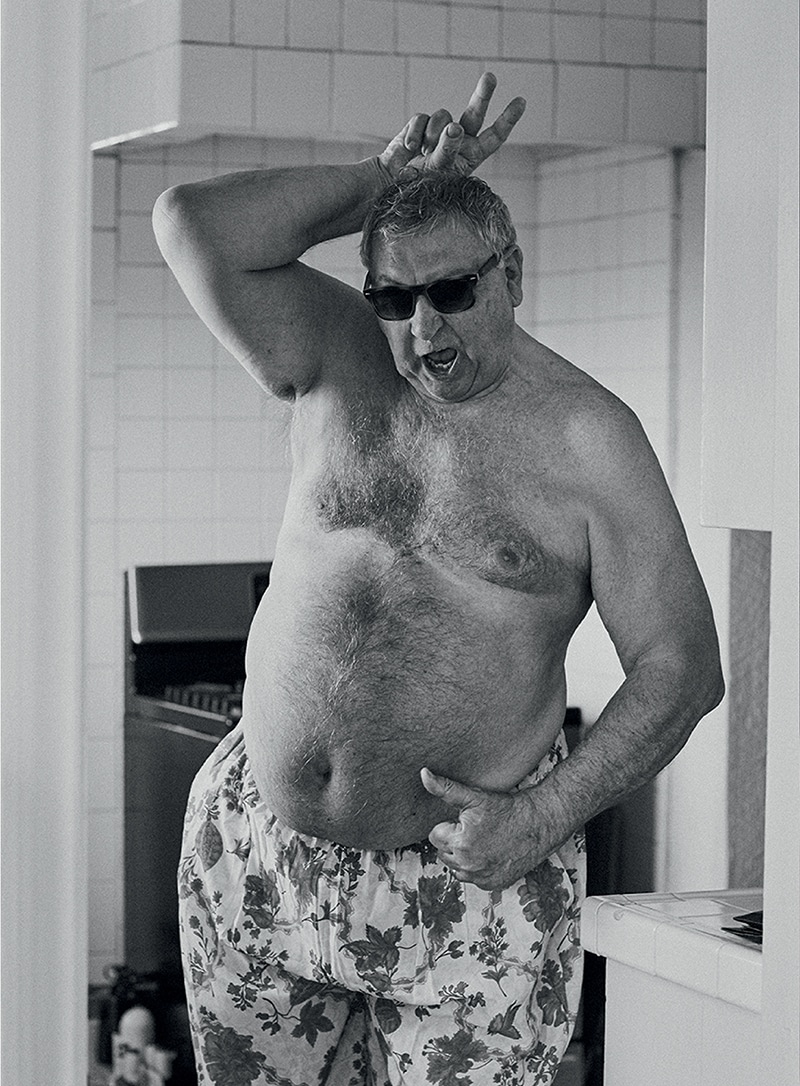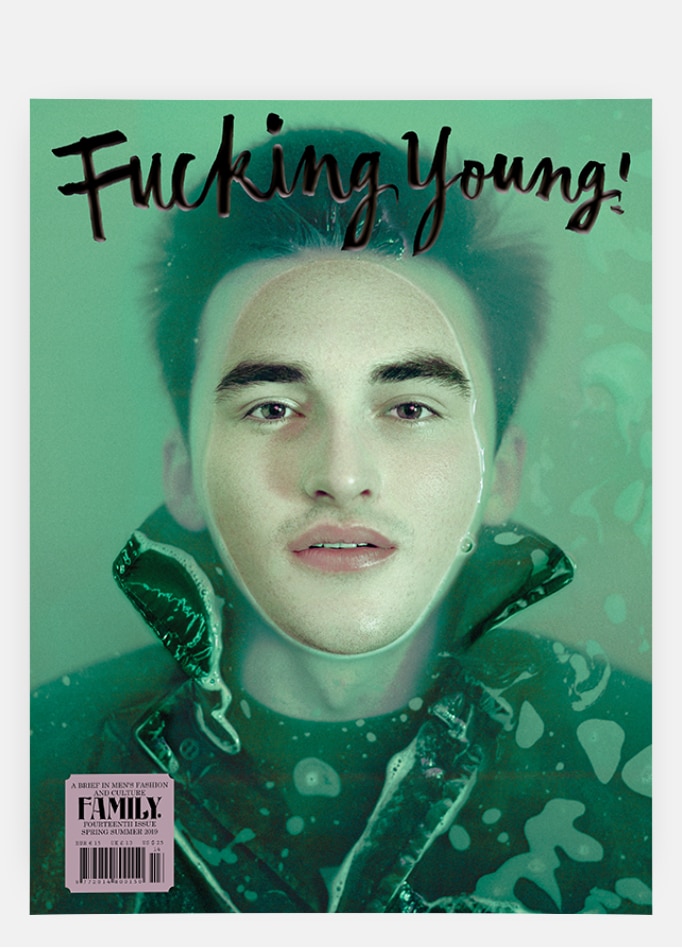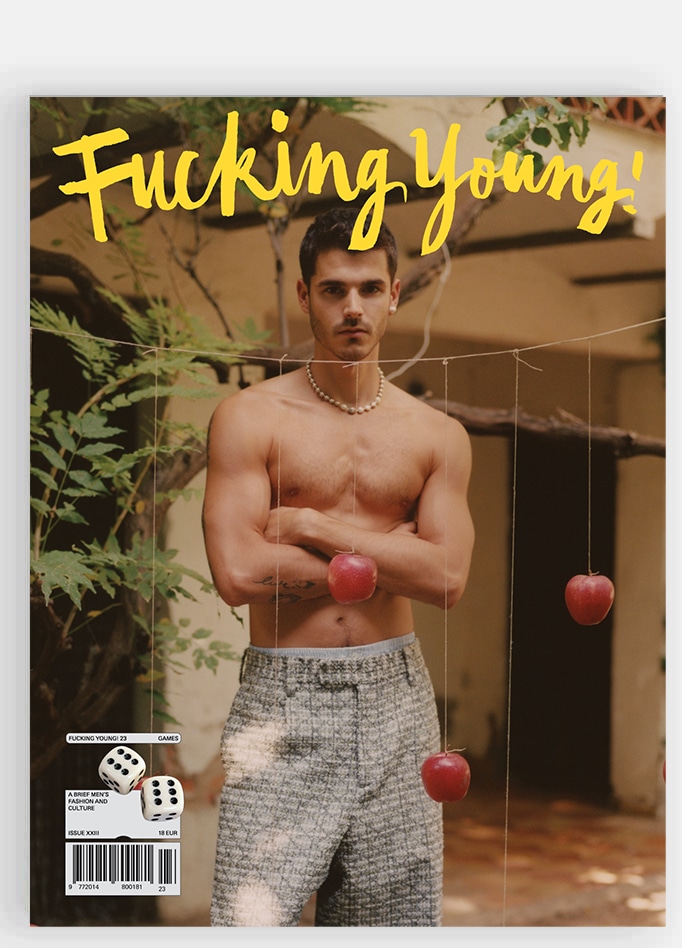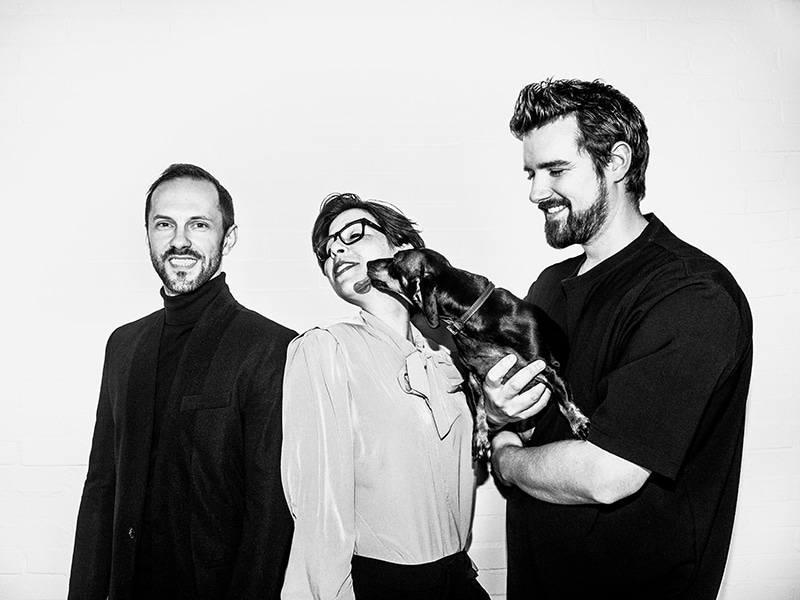
Branko Popović, Laurens Hamacher, and Nawie Kuiper are the artistic and managing directors of FASHIONCLASH. The vision is simple yet complex as it takes a holistic approach to fashion as a stream of communication amongst a world of creativity. We caught up with Branko Popović who has a strong voice in the industry, reminding us that fashion is always speaking.
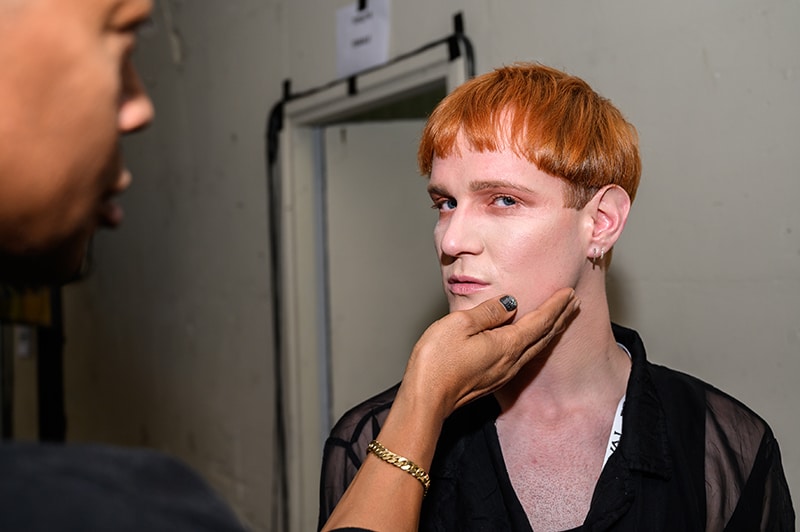
This year marked the 11th FASHIONCLASH Festival. Let’s start at the very beginning! How did the festival begin and how would you describe the festival to people who don’t know it.
The festival started in 2009 as the first project of FASHIONCLASH foundation. We wanted to create a stage where we and young designers can show their work. The founding team is basically all designers who joined forces to create a platform. Firstly, we wanted to make it accessible and affordable and secondly to create a stage for crossovers with other art forms. That’s why we called it FASHIONCLASH. Over the years we have developed the concept further. Since 2009, we have developed and organized more than 250 projects and events in The Netherlands but also in Belgium, Germany, China, Brazil, South Africa and so on. FCF is all about discovering, stimulating and shaping current developments in fashion and unlocking these developments to a wide audience. FCF functions on the one hand as a stage for designers and artists and on the other as a manifestation in which the role of fashion in the context of society is questioned and used to create dialogue. The festival is an eclectic fusion of disciplines such as (fashion) design, theatre, dance, film, visual arts and welcomes avant-garde new generation who dares to look beyond their discipline.
The city of Maastricht plays a big role, as we discover amazing open empty industrials spaces to traditional intimate Dutch houses. Why did you choose the city as the location and how do you get the local young talent involved?
We are based in Maastricht that is where we come from and where we studied. We created FASHIONCLASH when we graduated from the art academy, fighting against the brain drain from the region we aimed to create something in the city that we believed had potential as a hub for avant-garde fashion. Maastricht is on cross-border with Germany and Belgium, in the heart of Europe. Maastricht is also known as a shopping city and has a reputation for being the most stylish town in The Netherlands.
The city has a rich heritage in craft and is the oldest industrial town in the country. Also, by starting from scratch we had a blanc canvas, playground let’s say, to experiment.
Getting local talent involved in a rather natural thing for us. We also work a lot with talent from the prestigious Toneelacademie Maastricht (Theatre Academy).
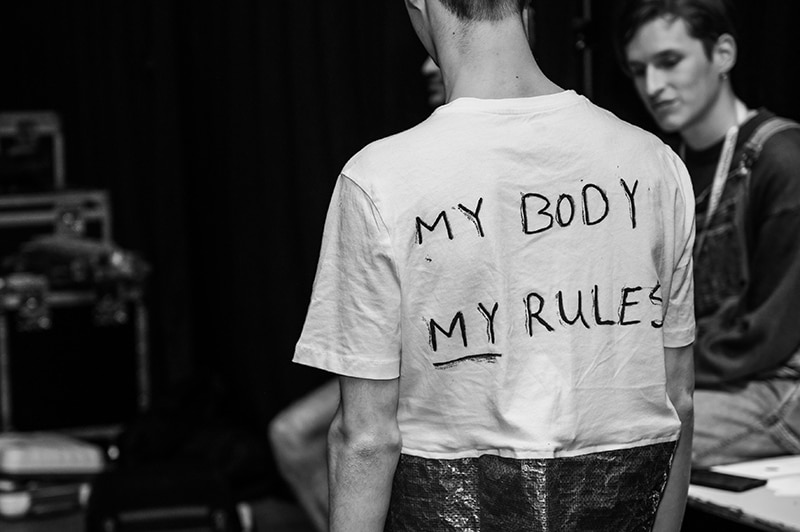
Speaking of talent, FASHIONCLASH attracts talent from around the world. What do you look for in a designer and secondly, what advice do you have for your designers?
The contextual link on which the content of the festival program is based are the core artistic values of FASHIONCLASH: namely ‘Clash’ which stands for crossovers, ‘Fashion Makes Sense’ stands for awareness and ‘Community’ stands for engagement and mentality. FASHIONCLASH Festival stands for crossovers and interdisciplinary collaborations, for placing fashion in a societal context and for engagement with a broad audience. When we select we keep this in mind. We advise designers to experiment, speak-out, engage, cooperate and to be patient.
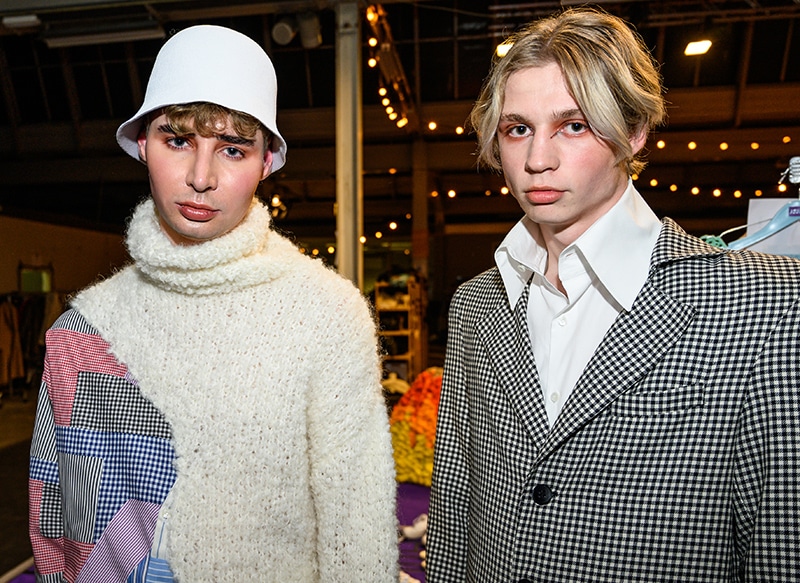
For interested designers, what is the application process for FASHIONCLASH?
We work with an open call procedure, but we also curate. Designers are always welcome to send other proposals and surprize us with out-of-the-box ideas.
What designers have you followed the careers of who started from FASHIONCLASH that we might know or need to know!
Many of them, just to name few: Marlou Breuls, theatre-maker/scenographer Dennis Vanderbroeck, Barbara Sanchez Kane, Alessandro Trincone. Das Leben am Haverkamp collective, Jasna Rokegem, Schueller de Waal, David Laport, Maison the Faux, Camiel Fortgens, Flora Miranda, Cédric Vanhoeck and we spotted model Kiki Willems first!
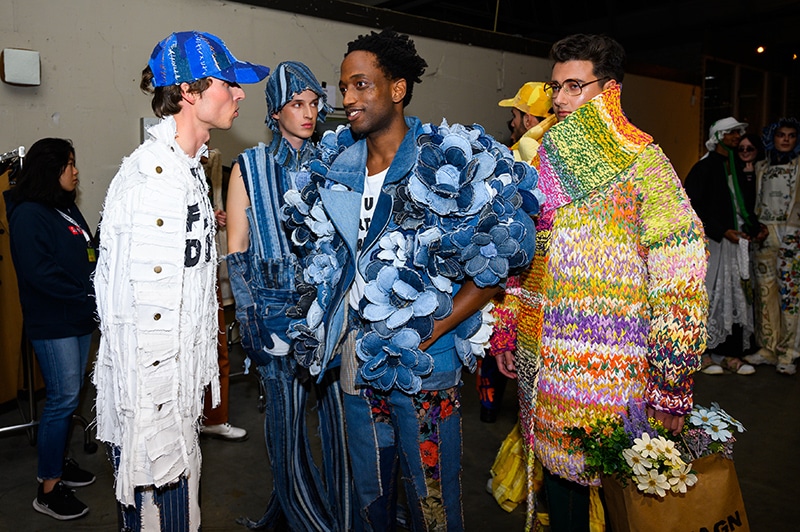
Schueller de Waal made a lot of noise in Paris back in July during couture week! Beyond the runway, FASHIONCLASH acts as a symposium in many ways. How would you define the fashion culture and community that encompasses it?
Fashion culture is a rather complex and fascinating one. It all very much depends on the context, as fashion manifests itself in various fields; street, fashion week, online, imaginations, nightlife, shops…That is why we find it such an interesting discipline to work with and we try to create clashes that will stimulate encounters and help define and redefine the meaning of fashion. By researching fashion culture we believe we can contribute to a more inclusive and sustainable world.

We spoke about dialog, let’s talk about listening too. What have you heard from a young designer from desires to struggles?
We speak with designers very often, and the reality is hard. The struggle to make a living, sometimes to know which way to go with their career. Finding your right path is not so easy. Desires are sometimes possible to fulfill, for example when designers express that they would like to cooperate with someone we can facilitate that. But also when they need support, coaching, etc. we have the Fashion House project that offers support by means of personal coaching, workshops, and masterclasses.
Fashion is a way of connecting cultures and artistic freedoms. Can we and should we be political too in a time when many in the industry are being paid for their silence?
Yes, we have to be political and speak out! Fashion has the potential to reach out and be a voice for the once who are in it but also the once who do not have a voice or the freedom to speak out.
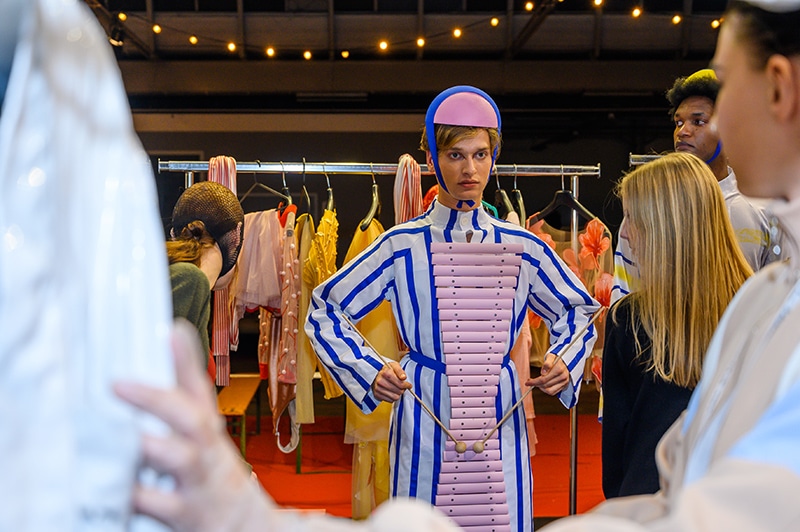
I’m very happy that over the years at Fashionclash, that sustainability is becoming a strong focal point. Motherwomb by Savanah Avery was one of the brands that stood out to me as a “plant-based fashion” brand and of course, this year’s winner Garcia Bello who’s clothes are based on upcycling and bio-degradable cotton. It would be amazing if the future of fast fashion was bio-degradable for example. What innovative ideas and solutions have you seen?
Yes! it is truly amazing that almost all young designers are seeing sustainability as a norm. Besides the ten finalists, we can say that almost all the designers we present are working with sustainable applications and ideas. Many ideas are still in their beginning phases but it is going in the right direction. Not only in material innovation but also designers that develop projects to create awareness. For example, Linda Valkeman and Carmen Hogg who with their project Obroni Wa Wu explore the impact of clothing donations. Or Amber Yea Slooten with her inspiring digital couture house The Fabricant. Or recent graduate Shannen Bijkersma who created a touching documentary Re:Gender, which shows the human side of fashion.
Innovations are sometimes very simple and always about change, it can be about craft revival, preservation of intangible heritage.
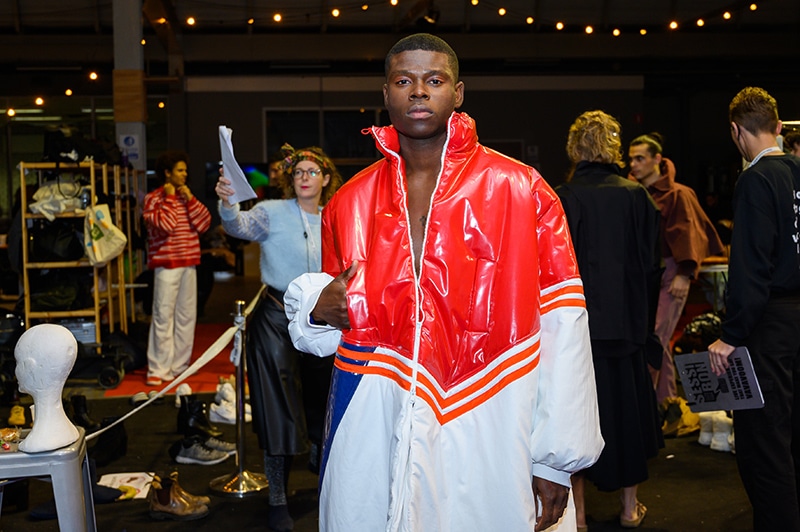
Vivienne Westwood has been vocal about there being no need to buy anything new. How do you see the future of fashion if we remove the element of consumerism?
As long as there are people, as long as we require to cloth us as a protection us from the weather and climate there will be fashion. And people will always find ways to express themselves.
What do you think we need more of in the world?
Kindness, peace, and freedom to express ourselves
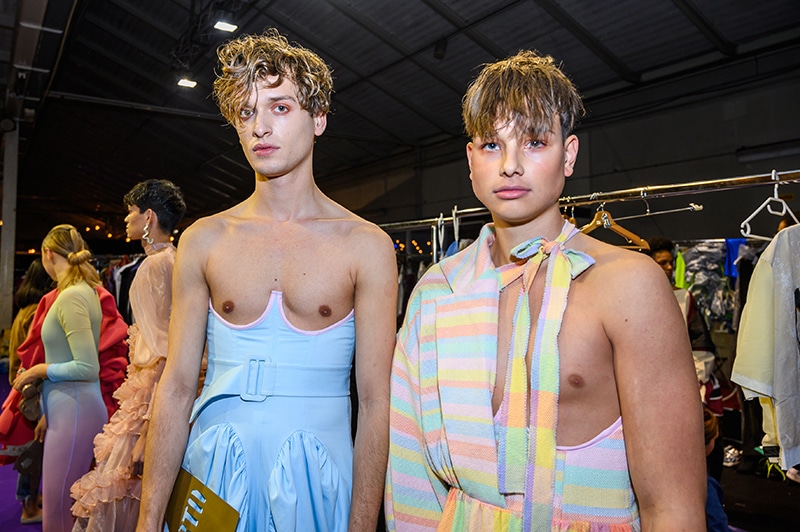
And finally, what can Fashionclash look forward to in 2020?
We want to experiment further with performances and crossovers. We want to create more time for encounters with a more compact program. Come to Maastricht from 6 – 8 November and discover!
